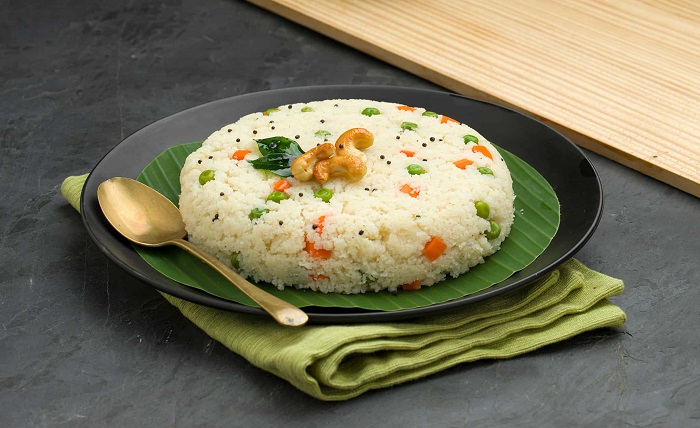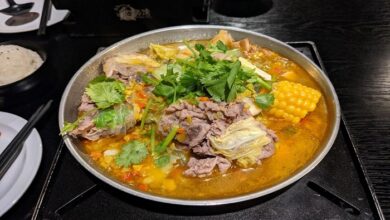Upma: A Delicious and Nutritious Breakfast Staple in India

Exploring the History, Ingredients, and Variations of Upma
Breakfast is the most important meal of the day, and in India, it is often accompanied by a steaming bowl of upma. Upma is a traditional Indian breakfast dish that is both flavorful and nutritious. It is made from semolina, a type of wheat flour, and is typically seasoned with spices and vegetables. In this article, we will explore the history, ingredients, and variations of upma, as well as its nutritional benefits.
History of Upma:
Upma is believed to have originated in the southern Indian state of Tamil Nadu, where it is known as upmaavu or uppumavu. The dish is also popular in other South Indian states, including Karnataka, Kerala, and Andhra Pradesh. Upma is often served at breakfast and is sometimes eaten as a snack or light meal.
Traditionally, upma was made from coarse rice flour, but over time, semolina became the most commonly used ingredient. Semolina is a type of wheat flour that is high in protein and gluten, which gives upma its distinct texture.
Ingredients:
The basic ingredients of upma include semolina, oil, mustard seeds, curry leaves, green chilies, onions, and salt. Additional ingredients can be added to create different variations of the dish. For example, vegetables such as carrots, peas, and potatoes can be added to make vegetable upma. Similarly, coconut, cashews, and raisins can be added to make a sweeter version of upma.
To prepare upma, semolina is roasted in a pan until it turns golden brown. Then, oil is heated in a separate pan, and mustard seeds and curry leaves are added to it. Once the mustard seeds start popping, onions and green chilies are added and sautéed until the onions turn translucent. Finally, the roasted semolina is added to the pan, along with water and salt. The mixture is cooked until the semolina is tender and fluffy.
Variations of Upma:
Upma is a versatile dish that can be customized to suit individual preferences. Here are some popular variations of upma:
Vegetable Upma: As the name suggests, this version of upma includes a variety of vegetables such as carrots, peas, and potatoes. The vegetables are sautéed with onions and green chilies before the semolina is added.
Tomato Upma: In this variation, tomatoes are used as the primary flavoring agent. The tomatoes are sautéed with onions and green chilies before the semolina is added.
Khara Bath: This is a spicy version of upma that includes a mixture of spices such as cumin, coriander, and turmeric. It is typically served with coconut chutney or sambar.
Semiya Upma: Semiya is a type of vermicelli that is often used as a substitute for semolina in upma. It is typically prepared in the same way as regular upma, but with vermicelli instead of semolina.
Rava Kesari: Rava Kesari is a sweet version of upma that includes sugar, ghee, and saffron. It is typically served as a dessert or snack.
Nutritional Benefits:
Upma is a healthy breakfast option that is high in protein and fiber. Semolina, the main ingredient in upma, is a good source of protein and gluten. It is also rich in B vitamins and minerals such as iron, zinc, and magnesium.
Upma is a delicious and nutritious breakfast dish that has been enjoyed in India for centuries. It is made from semolina, a type of wheat flour, and is typically seasoned with spices and vegetables. Upma is a versatile dish that can be customized to suit individual preferences, with variations such as vegetable upma, tomato upma, and sweet rava kesari. It is also a healthy breakfast option that is high in protein, fiber, and essential nutrients. If you haven’t tried upma yet, give it a try and enjoy a flavorful and nutritious start to your day.



